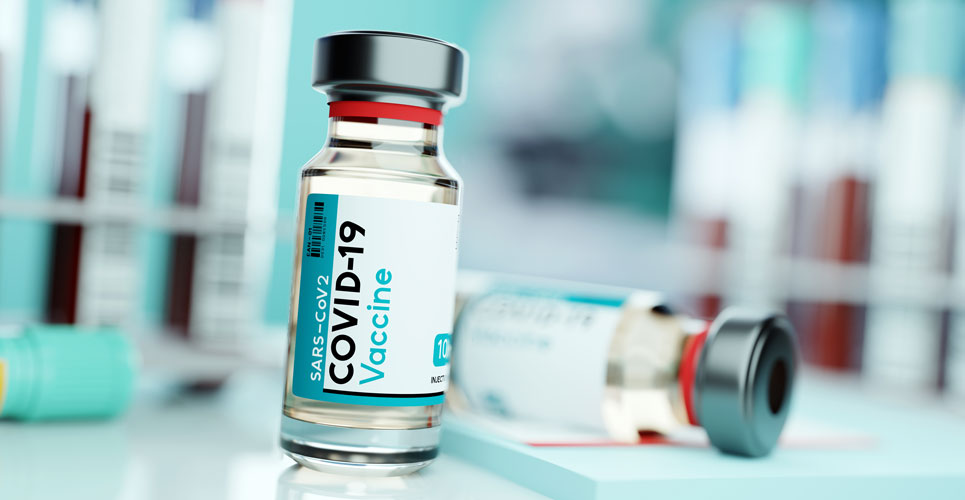Among those experiencing an adverse reaction to their initial COVID vaccine dose, the second appears to be much better tolerated.
The presence of an adverse reaction to a COVID-19 vaccination is uncommon, and appears to affect 2.5 to 11.1 cases per million doses. Reported adverse reactions have included itching, rash, hives, swelling and in some case respiratory symptoms. Guidance from the FDA suggested that it is safe to administer COVID-19 vaccines to individuals with a history of allergies but not to those with a history of severe allergic reactions. Furthermore, the Centers for Disease Control and Prevention, has also issued guidance on preparation for the potential management of anaphylaxis after COVID-19 vaccination, providing a pre-vaccination questionnaire and advice on the requirements for having intramuscular epinephrine readily available at vaccination centres, in case of any adverse reactions. Nevertheless, among individuals who have experienced adverse reactions to the first dose, what is the likely outcome when a booster dose is administered, was a question posed by a team from the Division of Allergy, Pulmonary and Critical Care Medicine, Vanderbilt University Medical Centre, Tennessee, US. The team focused on individuals vaccinated with either the Pfizer-BioNTech or Moderna COVID-19 vaccines and who had a history of immediate and potentially allergic reactions to their prime dose. The team retrospectively examined the electronic health records to identify patients with an immediate adverse reaction which they defined as the following: symptom onset within 4 hours of the prime dose; at least one allergic symptom; referral for an allergy/immunology consultation. The presence of anaphylaxis was scored based on the Brighton and National Institute of Allergy and Infectious disease and Anaphylaxis Network criteria.
The primary outcome was second dose tolerance and which was defined as either; no immediate symptoms after the second dose or symptoms that were mild, self-limiting and or resolved with the use of an antihistamine alone.

Findings
The analysis included 189 patients with a mean age of 43 years (86% female). A first dose adverse reaction occurred in 69% of those given the Moderna vaccine and the most frequently reported symptoms were flushing or erythema (28%), dizziness or light-headedness (26%), tingling (24%), throat tightness (22%), hives (21%) and wheezing or shortness of breath (21%). Overall, 17% of patients met the anaphylaxis criteria. A total of 159 patients received a second vaccine dose and prophylactic antihistamines were given to 30%. All 159 patients, including 19 who had a first-dose anaphylaxis, tolerated the second dose with 20% reporting immediate and potentially allergic symptoms but which were mild and self-limited, resolving with antihistamine use.
Commenting on their results, while the authors accepted the limitation imposed by a small sample size, they reported on how the analysis indicated that it was largely safe to receive a second vaccine dose, despite the existence of an allergic reaction to the priming dose.
Citation
Krantz MS et al. Safety Evaluation of the Second Dose of Messenger RNA COVID-19 Vaccines in Patients with Immediate Reactions to the First Dose. JAMA Int Med 2021

